The demise of cookies has made it challenging to measure the impact of digital campaigns and no longer allow us to have a global understanding of the impact of all the investment (offline and online). Therefore, we can’t be dependent on cookies anymore. With its Marketing Mix Modelling (MMM) service, LYKTA has emerged as a solution that uses statistical analysis to attribute sales to media investments.
In theory, this sounds incredible. But the real question you may ask yourself is what kind of insights can we really get from this kind of service and especially what will be the impact in terms of performance? But also, how exactly does it work?
This case study explores how Zuny, a new-generation internet offer, achieved its objectives by collaborating with CLICKTRUST, LYKTA and leveraging MMM.
Zuny launched in October 2020 and struggled to achieve its objectives. In 2021, after a successful brand revamp, Zuny set out to achieve ambitious objectives for 2022. The goals were to increase sales by 25% with half the budget of 2021 and decrease the cost per sale by 54%. The challenge was to invest at the right time depending on seasonality and competition and improve brand awareness while focusing on the right channels. This meant that the effectiveness of marketing campaigns needed to be increased by correlating sales to media investments.
The strategy combined several tools and methods to build a framework for cookieless media insights. LYKTA’s Marketing Mix Modelling was used to develop the media strategy based on insights coming from the marketing mix model and the TV performance analysis.
We imported all the data (coming from the platforms, backend, etc), both offline and online, available since Zuny’s launch to LYKTA’s platform to generate insights based on a statistical model that could give us a view of the contribution of each channel on sales. This holistic model allowed the client and us to pilot investments towards incremental sales. As a result, we were able to:
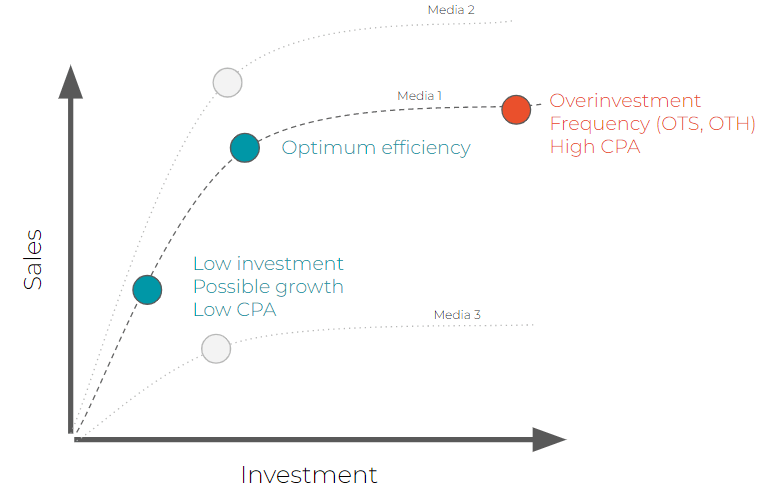
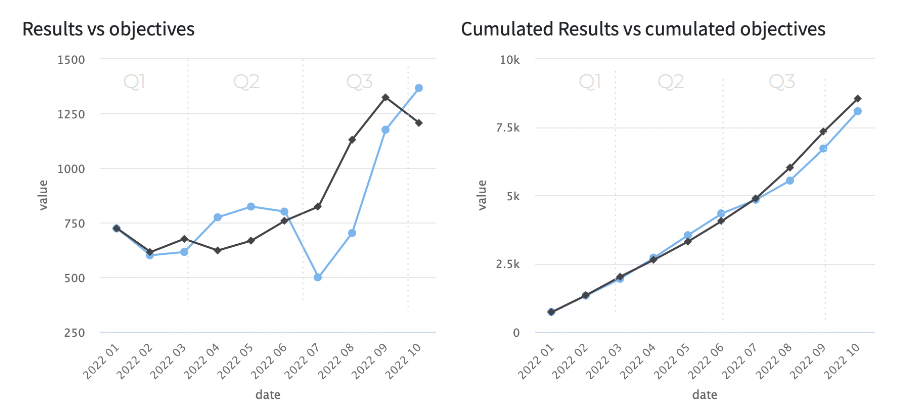
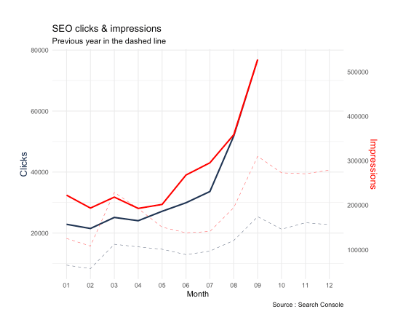
As LYKTA also gives a view on the offline channels, we have been able to collect insights about TV:
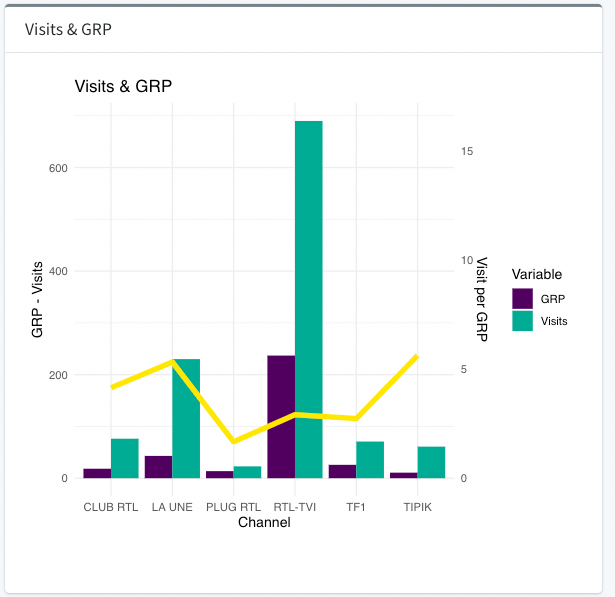
Based on the insights coming from this other analysis, the global media plan has been reviewed to be sure to use this channel during the right period and with the right frequency. One of the key learnings was that the effective duration of a TV campaign was 18 weeks. This insight allowed us to switch some of the TV budget to other channels as we didn’t need as many waves as we thought before.
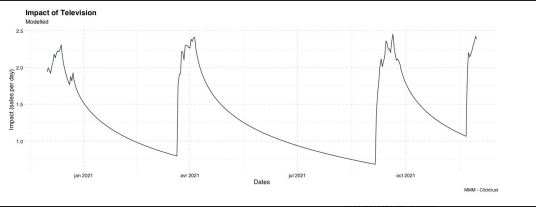
The approach used in this case study was a long-term commitment, with the team regularly refreshing their media plan using a “test & learn” approach, adjusting investment levels per channel based on test insights to meet their ambitious sales and cost per sale targets.
To be completely effective, LYKTA needs to be used as a complement to a global strategy to get a holistic view of the global picture and make the right decisions from a cross-channel point of view. To have this holistic view, data from Google Analytics and its attribution model have been used. And campaigns were optimized thanks to the data coming from the platforms based on micro conversions (soft KPIs) to have a better understanding of the customer journey and give more signals to the algorithm.
The added value of this strategy came from combining several tools and methods to build a new single measurement framework:
Attribution (real-time view on how channels impact sales but flawed due to cookies / Google Analytics) + Micro conversions (Real-time view on how channels impact upper funnel actions / soft KPIs) + Marketing Mix Modelling (View on how channels behave, but flawed as not real-time and strongly prone to seasonality and external factors / LYKTA).
All of these strategies only work if used as a whole. And it is only thanks to this complementarity that a media plan can be enriched and effective.
By using LYKTA, Zuny was able to overcome the challenge of investing at the right time, improving brand awareness, and increasing performance by focusing on the right channels, without being dependent on cookies anymore.
By adapting the media plan, the number of sales increased by 37.47% compared to 2021 with a lower budget (-33.84%) and decreased the cost per sale by 51.87%. In terms of target, the sales target exceeded by 8.36%.
The insights from LYKTA were implemented at the end of Q1 and we observed an uplift as soon as they were put in place. +7.84% in terms of sales between Q2 and Q1, +53.77% between Q3 and Q2 and +19.97% between Q4 and Q3.
If we compare the evolution of sales quarter-by-quarter between 2022 and 2021, the sales increased Q1 2022 by 43.90%, Q2 by 24.40%, Q3 by 39.29% and Q4 by 40.79%
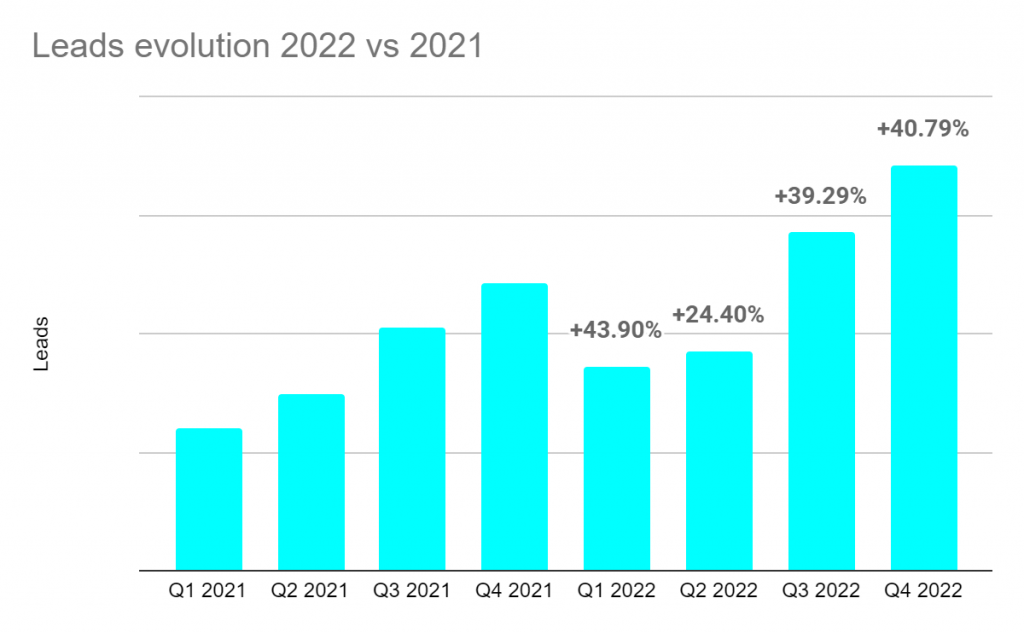
In conclusion, by leveraging LYKTA’s Marketing Mix Modelling and a collaborative “test & learn” approach, Zuny achieved its objectives despite the cookieless environment. The key to success was the long-term commitment, trust, and flexibility, which enabled the team to continuously adapt to the ever-changing digital landscape. The Zuny case study is an example of how MMM and a holistic approach to media insights can help businesses optimize their marketing strategies and achieve ambitious objectives.